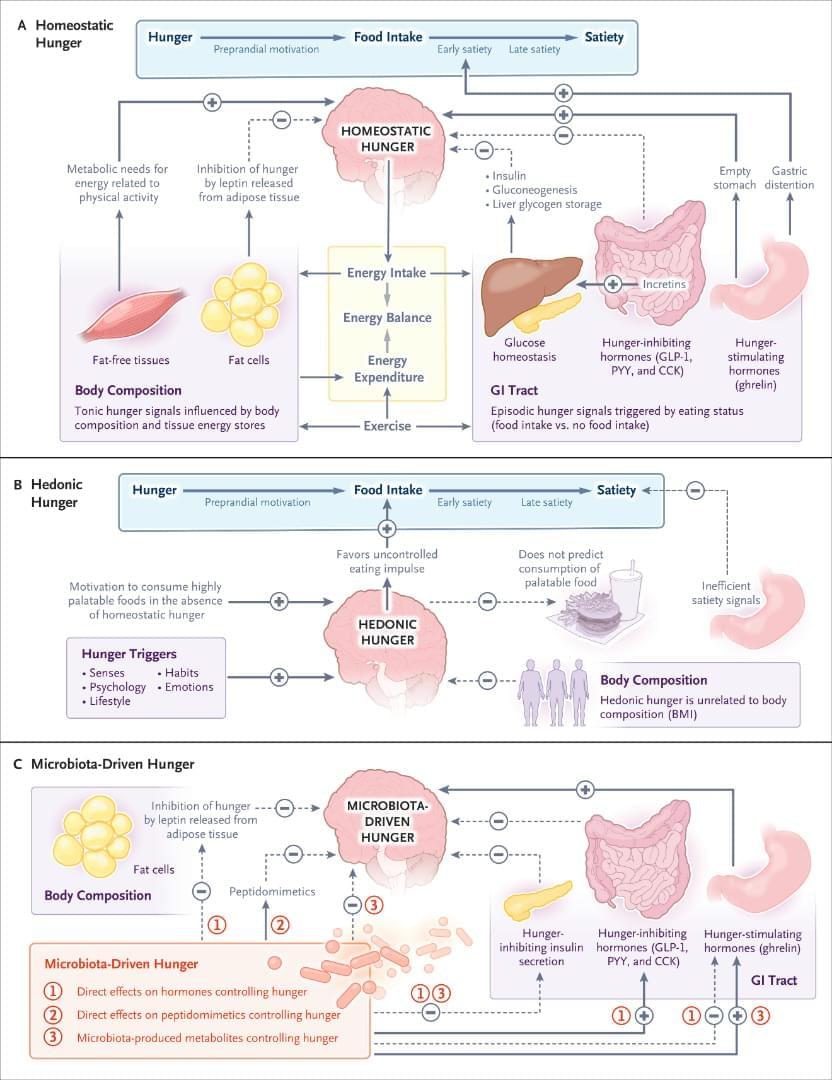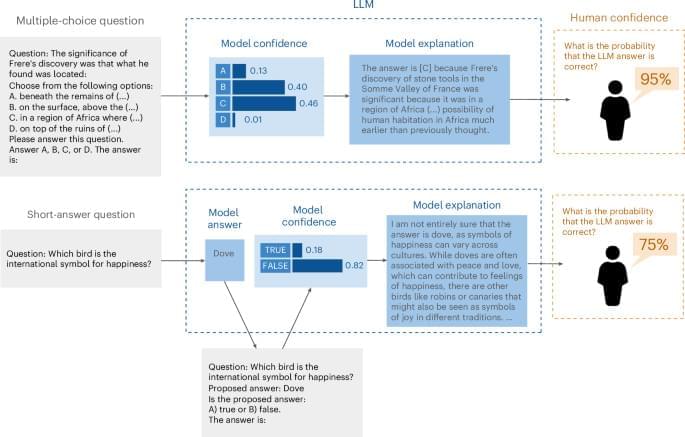NEW MEXICO (KRQE) – The world’s largest integrated quantum computing company announced plans to expand into New Mexico.
Quantinuum’s new location will be a research and development hub aimed at advancing photonics technologies. The company is headquartered in Broomfield, Colorado. “I am thrilled to welcome Quantinuum to New Mexico, launching a new industry for our state that builds on our proud foundation of innovation,” said New Mexico Governor Michelle Lujan Grisham in a news release.









